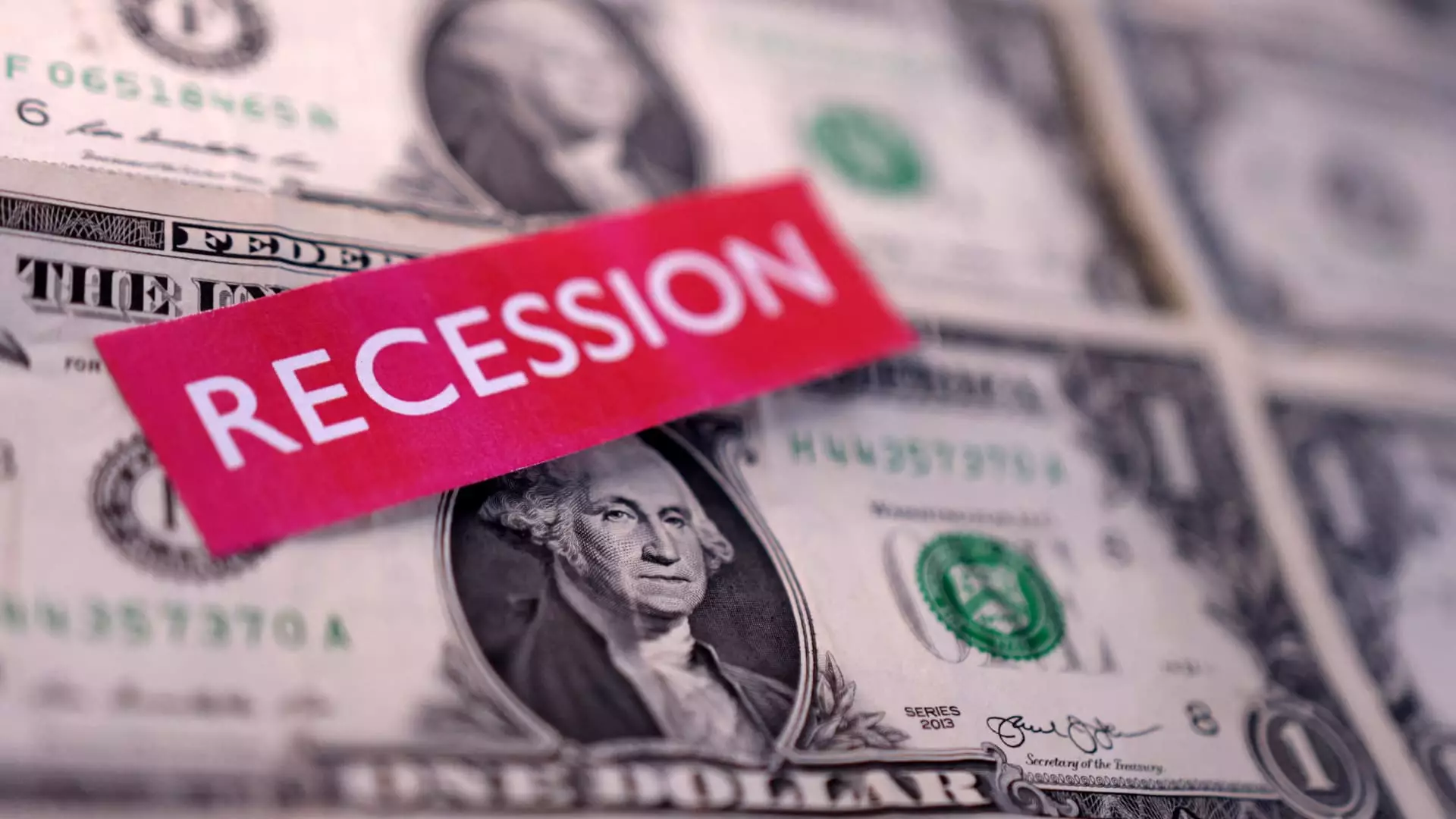In a turbulent landscape marked by economic unpredictability, a Deutsche Bank survey has unveiled a discomforting reality—there’s a near 50/50 chance that the United States is teetering on the edge of a recession. What’s alarming isn’t solely the prospect of an economic downturn; it’s the growing sentiment among consumers and business leaders that such a downturn is not merely a theoretical concern but an impending truth. The survey, carried out between March 17 and March 20, indicated a 43% likelihood of the economy contracting within the next twelve months. These figures expose a collective anxiety, hinting that beneath the surface of low unemployment and fragile growth, there are tectonic shifts that could destabilize the economic landscape.
The Fed’s Balancing Act
Federal Reserve Chair Jerome Powell remains resolute in his view that the economy is “strong overall.” However, the grim reality is that the Fed has downgraded its 2023 GDP growth estimate to a meager 1.7%—a sobering assertion that echoes the worst growth rates since 2011, not accounting for the pandemic-induced downturn. Despite Powell’s optimistic rhetoric, the Federal Reserve’s acknowledgment of a potential inflation rate soaring to 2.8% presents a complex challenge. When inflation is paired with slowing growth, it poses the haunting specter of stagflation. While Powell remains confident that a return to the economic malaise of the 1980s is unlikely, he is insulated from the growing concerns voiced by leading economists on Wall Street.
Market Skepticism and Investor Anxiety
The market’s current behavior reflects an underlying skepticism, as investors grapple with the implications of fluctuating tariffs and a disrupted global economy. Bond specialist Jeffrey Gundlach, among others, contends that the chances of a recession loom between 50% and 60%, a judgment that sends ripples of fear through financial circles. Morgan Stanley recently noted that an “uncertainty shock,” primarily tied to fluctuating tariff policy, has unnerved investors, raising alarms that we may be on the brink of an economic downturn. Perhaps it is more than just economic indicators that shape market performance; it’s the psychological threat of recession that sends stock prices tumbling.
Stagflation: A Worrying Possibility
Economists are feeling the weight of their predictions. The prevailing concern is the potential of stagflation, an economic scenario where inflation remains stubbornly high while growth stagnates—essentially a double bind for both policymakers and citizens. Barclays analysts, while citing expected modest economic slowing, project growth barely edging above the recession danger zone at 0.7%. Such predictions may seem tepid, but they illustrate just how closely the U.S. economy is skating along the edge of precipice, a fine line between stability and chaos.
The Consequences of Policy Decisions
The economic forecast is stark, and the calls for caution echo loudly. The UCLA Anderson forecasting center’s unprecedented “recession watch” raises serious alarms—they urge that a downturn could manifest in one to two years unless the administration tempers its confrontational tariff strategies. Clement Bohr, an economist from UCLA, warns that unchecked policy decisions could not only foster a standard recession but also sink the economy into a stagflationary quagmire. The message is clear: policymakers must tread carefully, as reckless ambition could lead to catastrophic consequences.
With the risks mounting, it becomes increasingly important to recognize the choices that lie ahead. The decisions made today will ripple through the economy and potentially redefine what sustainable growth looks like for the future. The stakes have never been higher; one reckless misstep could set off a chain reaction that engulfs the economy in a cycle of stagnation and inflation. Amidst the clamor of economic forecasts and expert commentary, the real story transcends numbers—it is about the policies we choose and the very lives they affect.


Leave a Reply